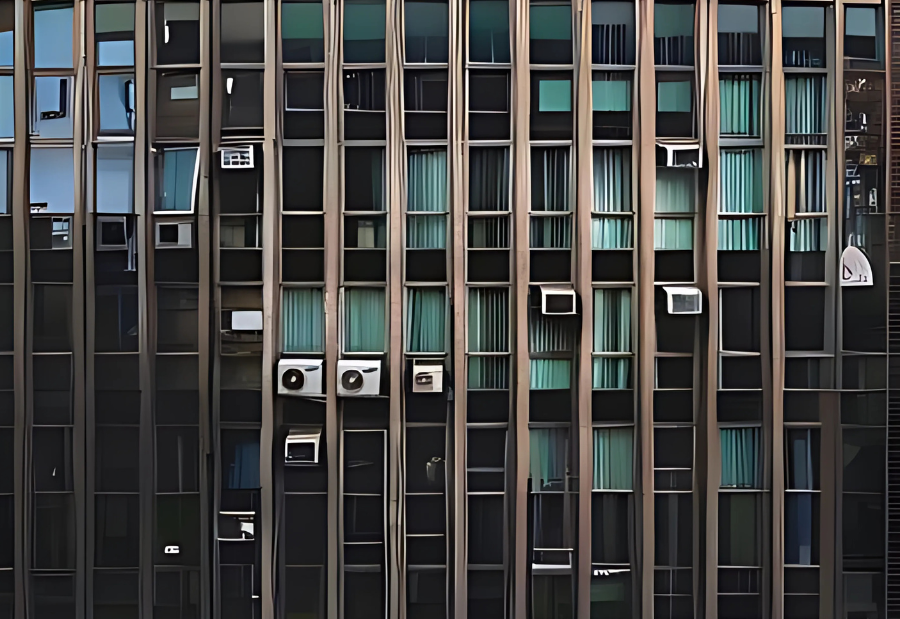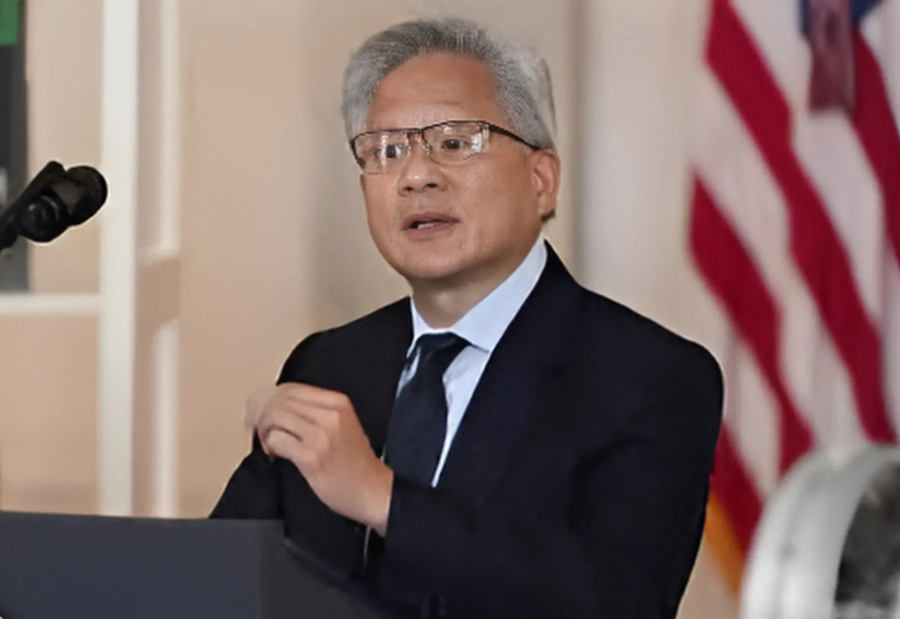In a bold step toward a more sustainable and energy-conscious future, the Indian government is set to introduce new guidelines that will redefine how air-conditioners operate across the country. All new ACs sold in India will soon be required to maintain a minimum cooling limit of 20°C and a maximum of 28°C. This move is designed to bring down soaring power bills, reduce electricity consumption, and combat the rising strain on energy infrastructure during increasingly harsh summers.
Power Minister Manohar Lal called the initiative a “unique experiment” and emphasized its potential to save Indian consumers ₹18,000 to ₹20,000 crore over the next three years. The mandate will apply across all sectors, from residential spaces to commercial complexes, including shopping malls, office buildings, hotels, and cinemas—places where ACs are often kept at the lowest possible temperatures.
Experts from the Bureau of Energy Efficiency suggest that raising the AC temperature by just one degree can slash energy use by 6 percent. Encouraging homes and businesses to maintain settings between 22°C and 24°C could prevent the need for 4 to 5 coal power plants, while also saving up to 15 billion units of electricity every year. This not only supports climate goals but also eases pressure on India’s power grid.
Countries like Italy and Japan have already adopted similar strategies—Rome mandates a 23°C minimum in public buildings, while Japan enforces 27°C. Industry leaders acknowledge that this policy will require investment in research and development for smarter, more efficient cooling systems, but agree it could drive innovation and consumer interest.
Back in 2020, India had already set a default AC temperature of 24°C, encouraging users to keep it between 24°C and 26°C for better health and energy savings. As household AC usage is expected to triple by 2050, this new regulation is seen as a timely and necessary reform.
Additionally, Indian government has unveiled a ₹5,400 crore viability gap fund to support 30 GWh of battery storage projects and extended transmission charge waivers for green energy until June 2028, potentially unlocking ₹33,000 crore in clean energy investments.
Also read: Viksit Workforce for a Viksit Bharat
Do Follow: The Mainstream formerly known as CIO News LinkedIn Account | The Mainstream formerly known as CIO News Facebook | The Mainstream formerly known as CIO News Youtube | The Mainstream formerly known as CIO News Twitter |The Mainstream formerly known as CIO News Whatsapp Channel | The Mainstream formerly known as CIO News Instagram
About us:
The Mainstream formerly known as CIO News is a premier platform dedicated to delivering latest news, updates, and insights from the tech industry. With its strong foundation of intellectual property and thought leadership, the platform is well-positioned to stay ahead of the curve and lead conversations about how technology shapes our world. From its early days as CIO News to its rebranding as The Mainstream on November 28, 2024, it has been expanding its global reach, targeting key markets in the Middle East & Africa, ASEAN, the USA, and the UK. The Mainstream is a vision to put technology at the center of every conversation, inspiring professionals and organizations to embrace the future of tech.




